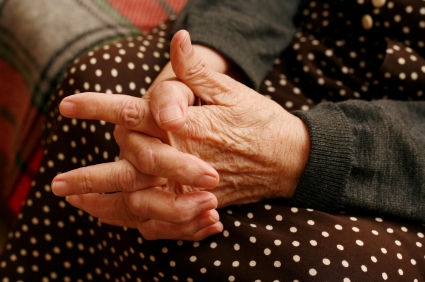New numbers released by the Arthritis Foundation, the National Alliance for Hispanic Health and the U.S. Centers for Disease Control and Prevention show arthritis affects 3.1 million Hispanics in the United States, and causes one in five Hispanics to have severe joint pain and functional limitations. The data also shows prevalence, pain and disability rates vary widely among different Hispanic sub groups.

“These findings suggest a critical need to expand the reach of effective strategies aimed at arthritis prevention and management, particularly among underserved populations,” says John H. Klippel, MD, president and CEO of the Arthritis Foundation, who was also in attendance.
This is the first time the Centers for Disease Control, or CDC, has broken down arthritis data among seven different Latino sub groups – Puerto Ricans, Mexicans, Mexican Americans, South and Central Americans, Dominicans and Cubans. The new data shows that among those subgroups, Puerto Ricans have the highest rates of arthritis at 21.8 percent. Cuban Americans have the lowest rates at 11.7 percent.
Researchers also discovered that at least 20 percent of people in each of the Hispanic groups struggled with severe joint pain and functional limitations that affect work and other activities. But Mexican-Americans reported the most work limitations: 41.6 percent, compared with 32.9 percent among Central and South Americans. Puerto Ricans reported the most severe joint pain: 44.1 percent, compared with 23.7 percent among Cubans and Cuban Americans.
Researchers don’t know why these differences between the subgroups exist. They speculate it could be due to different risk factors like obesity, the fact that some in these groups have little or no access to health care and insurance or because of cultural differences in the way people perceive and describe pain and limitation.
It is also possible that some subgroups don’t actually have lower prevalence rates, but instead don’t have access to a doctor, medical care or health insurance.
But experts agree that going forward, simply knowing there are differences will allow the medical community to bring specific data to the various populations to better motivate them to manage their condition through doctors’ visits, exercise, weight loss or classes that can teach techniques to manage the pain of arthritis.
Source: Arthritis Today, “New Data Shows Arthritis Affects 3.1 Million Hispanics,” February 21, 2011.